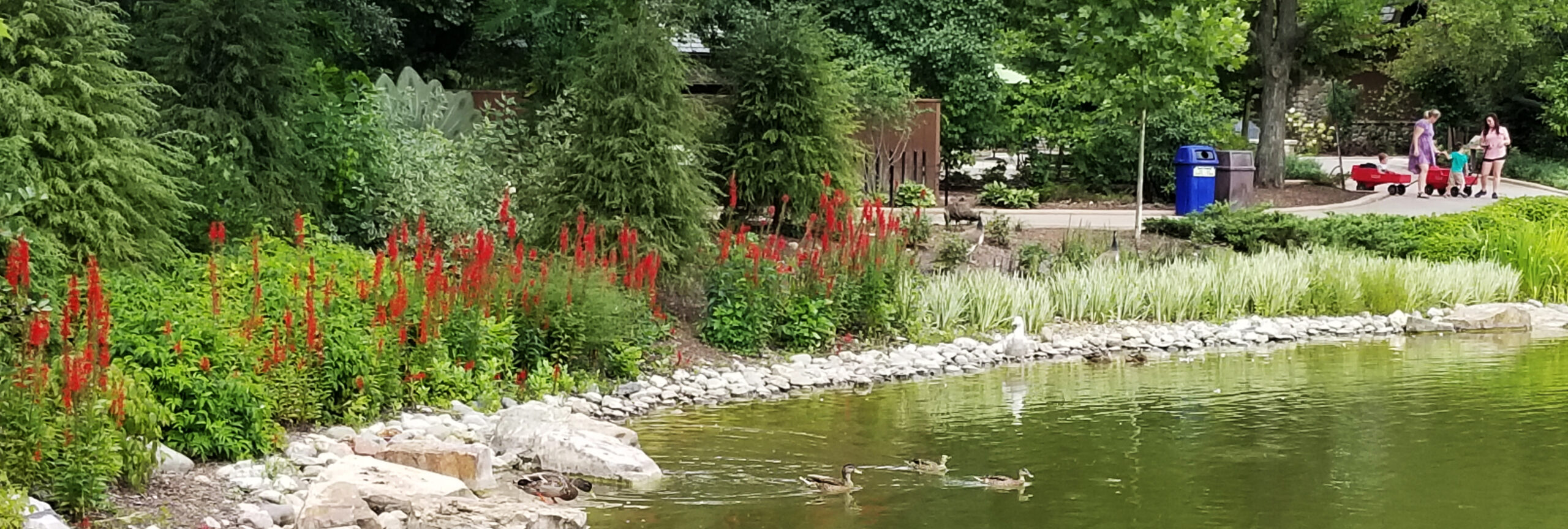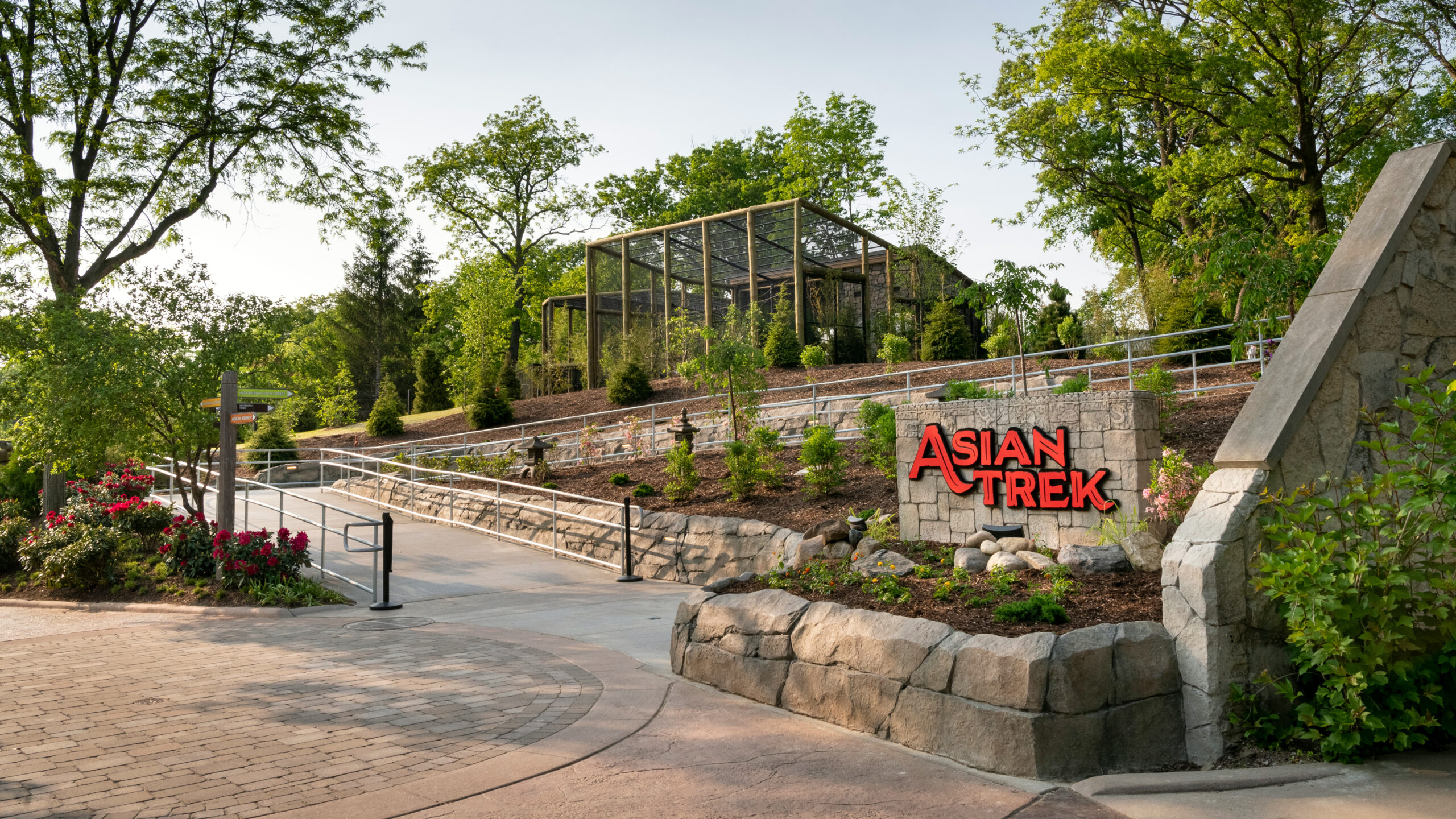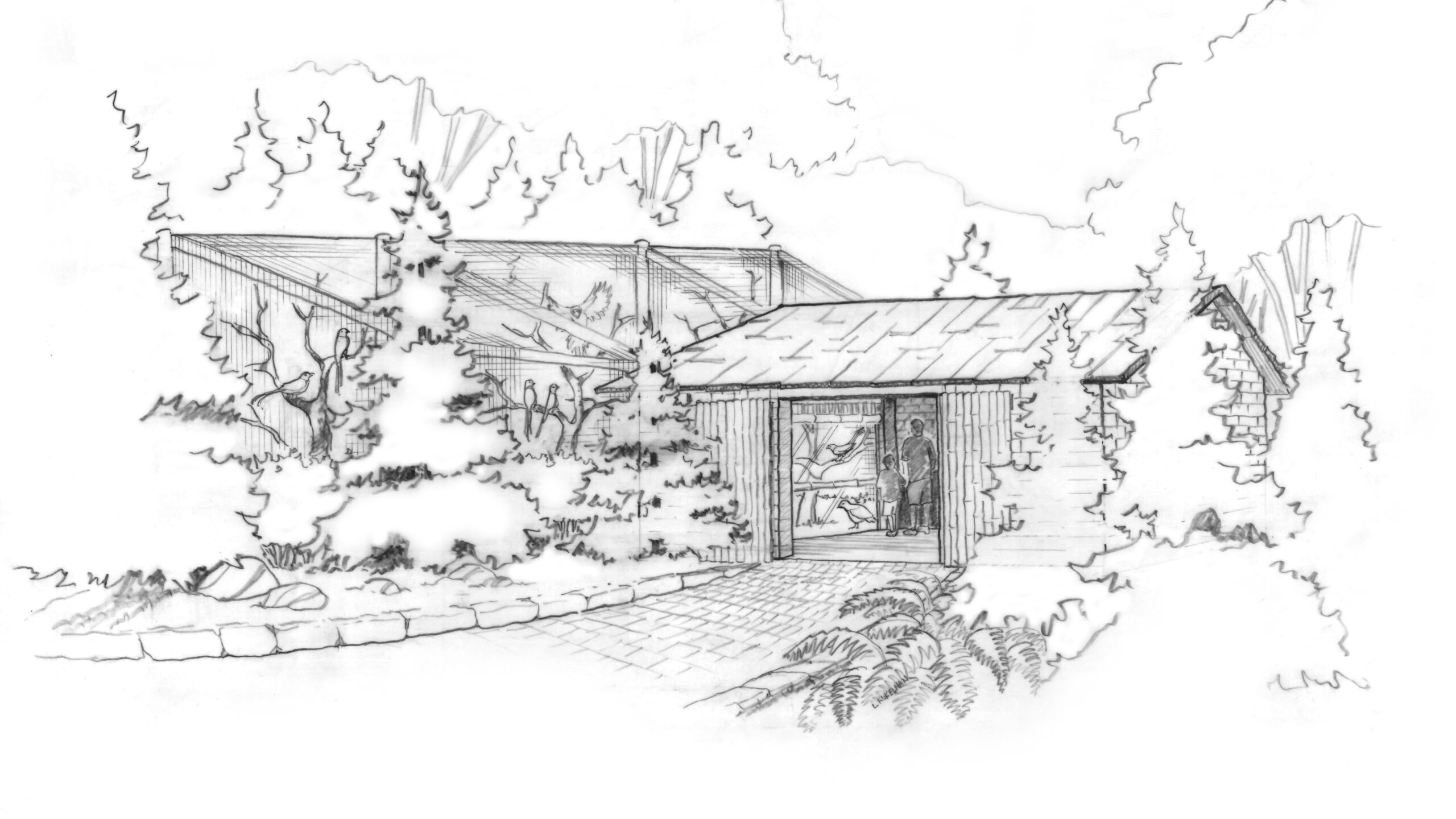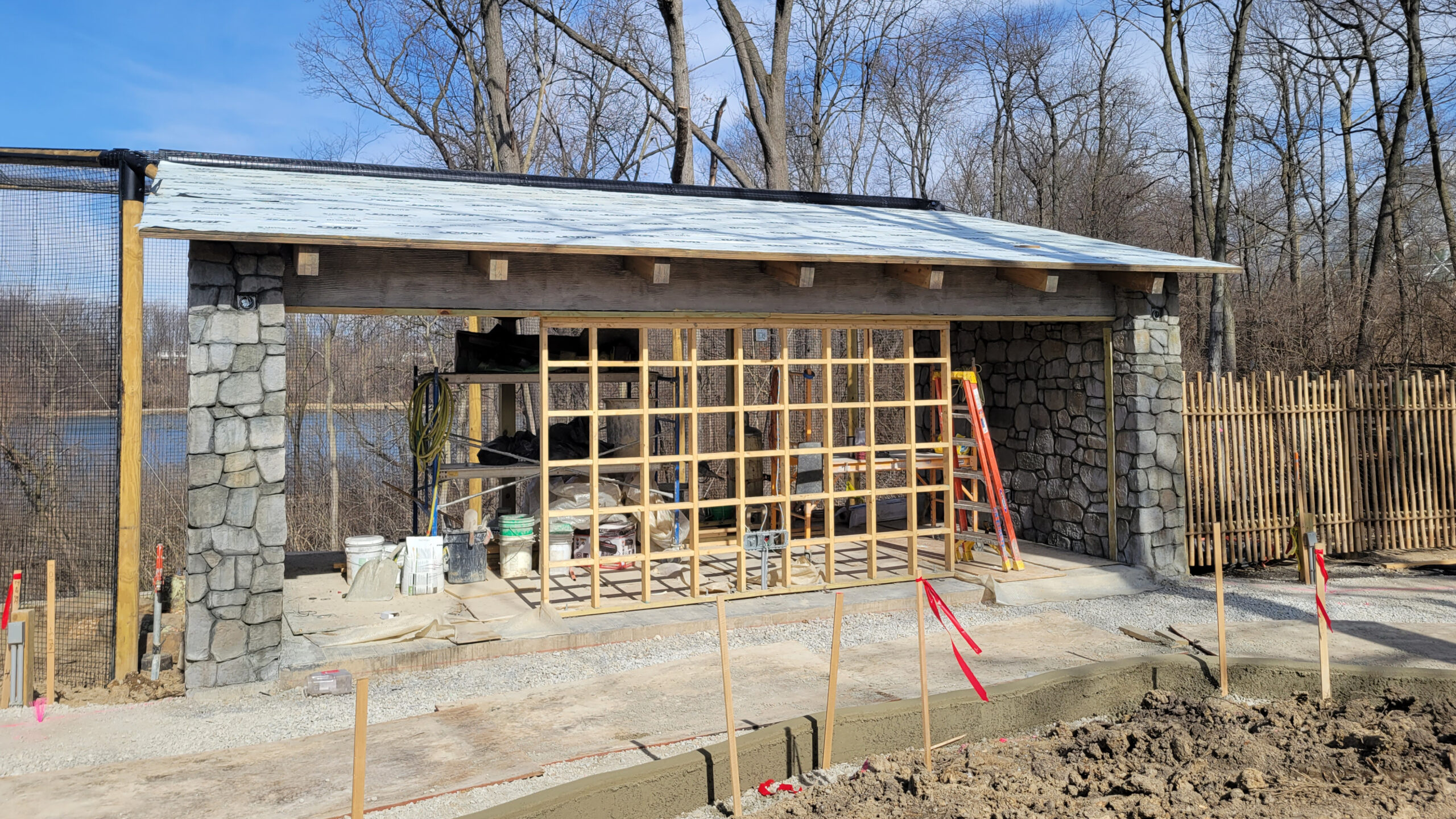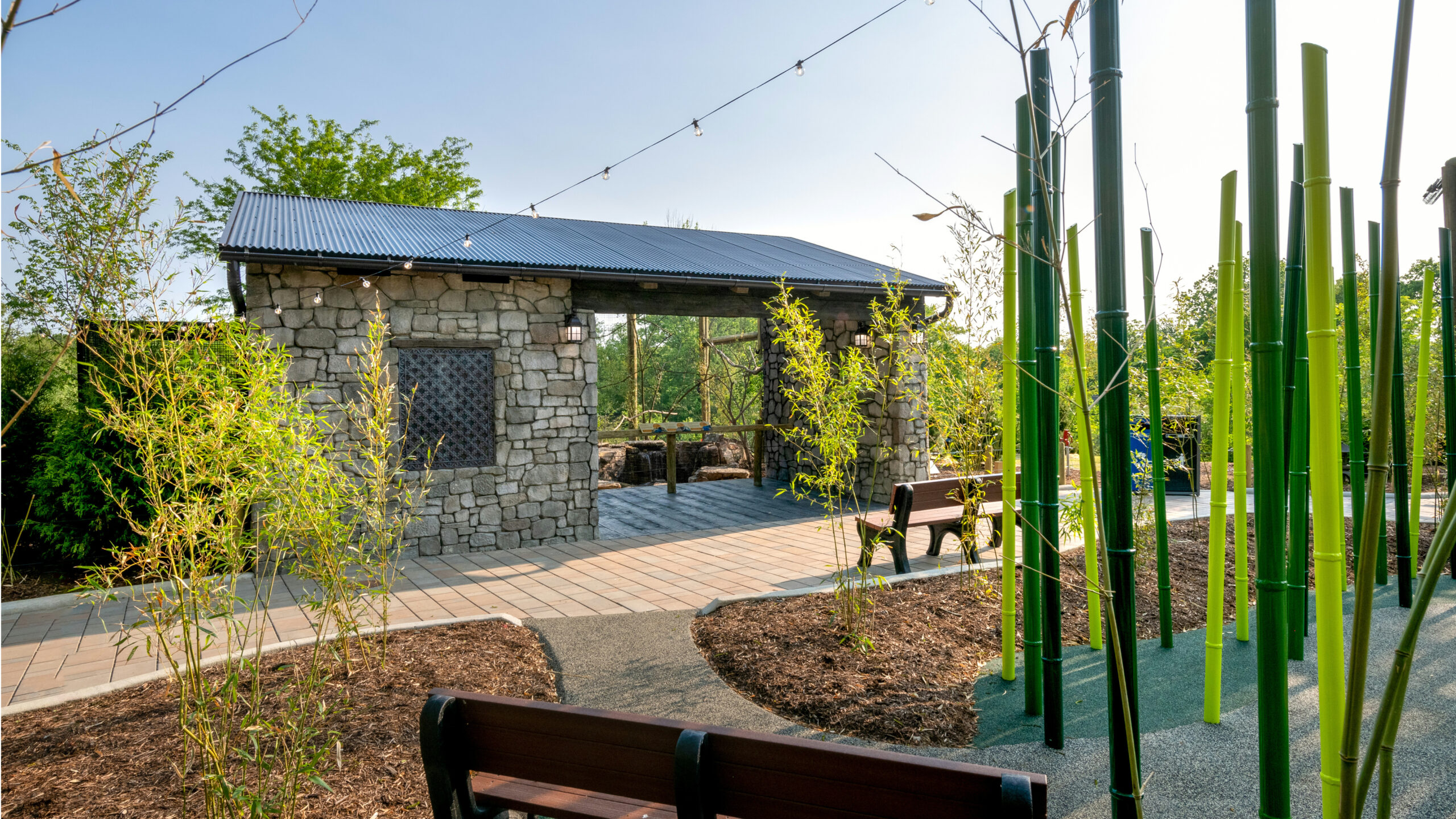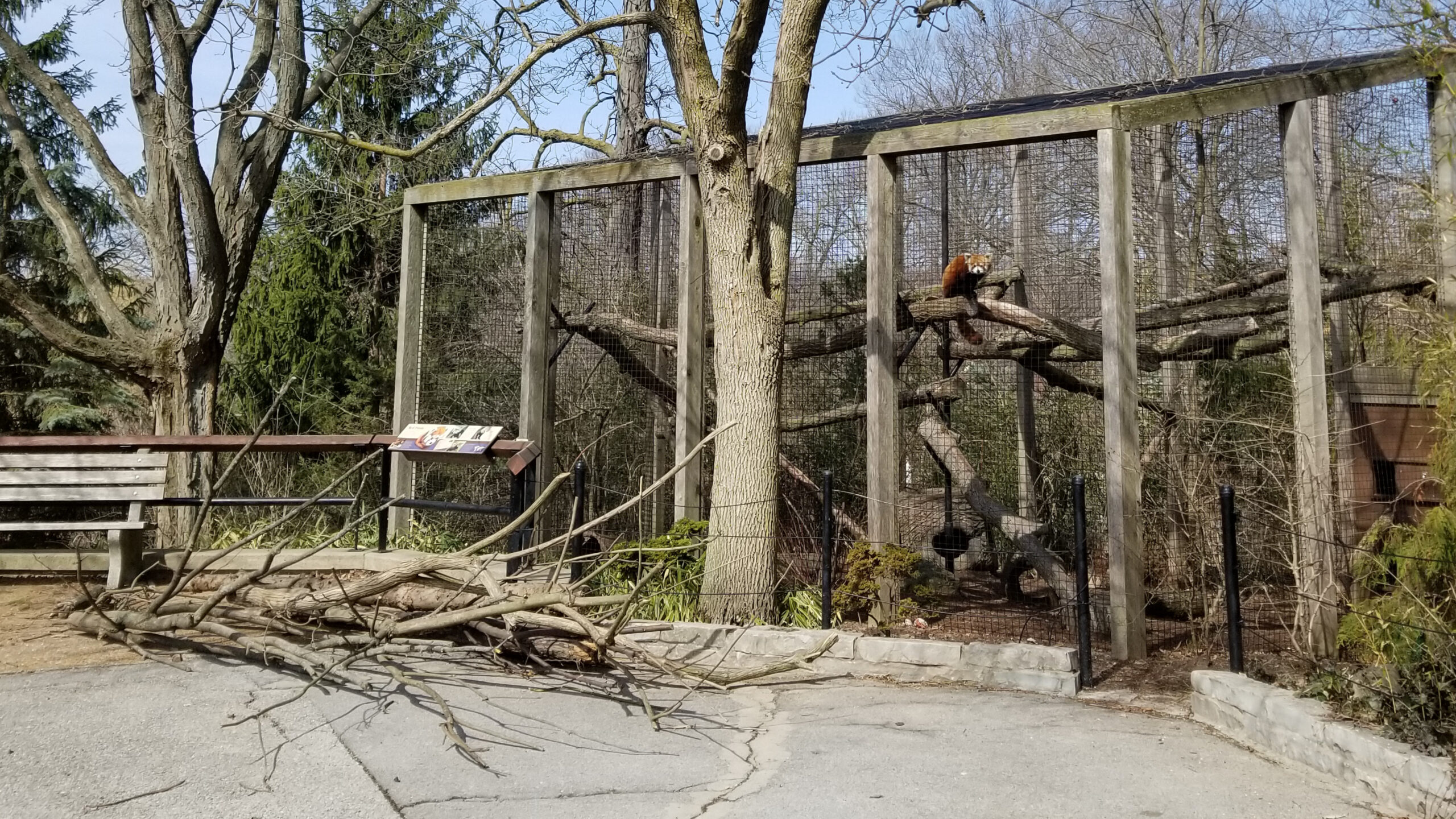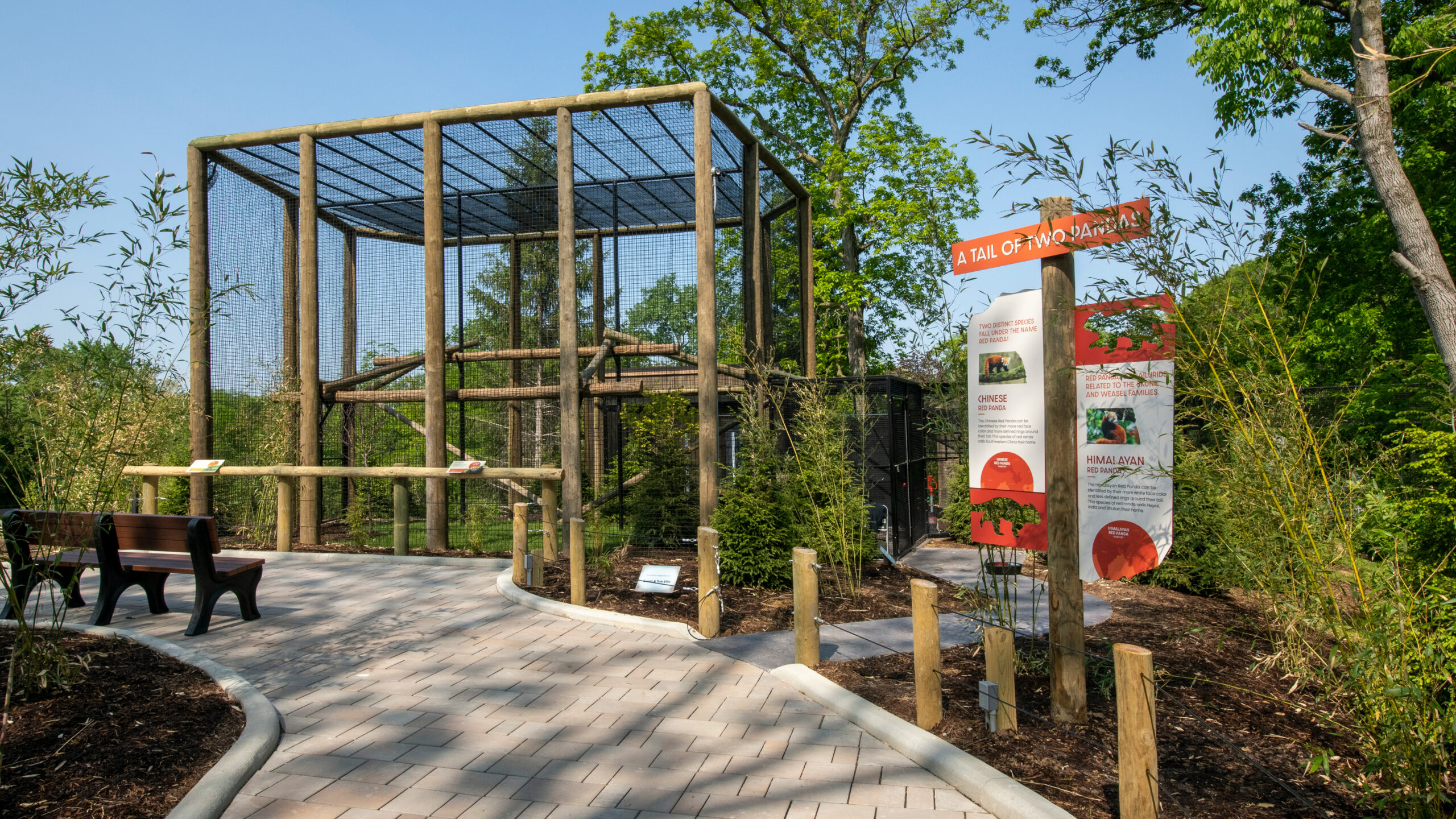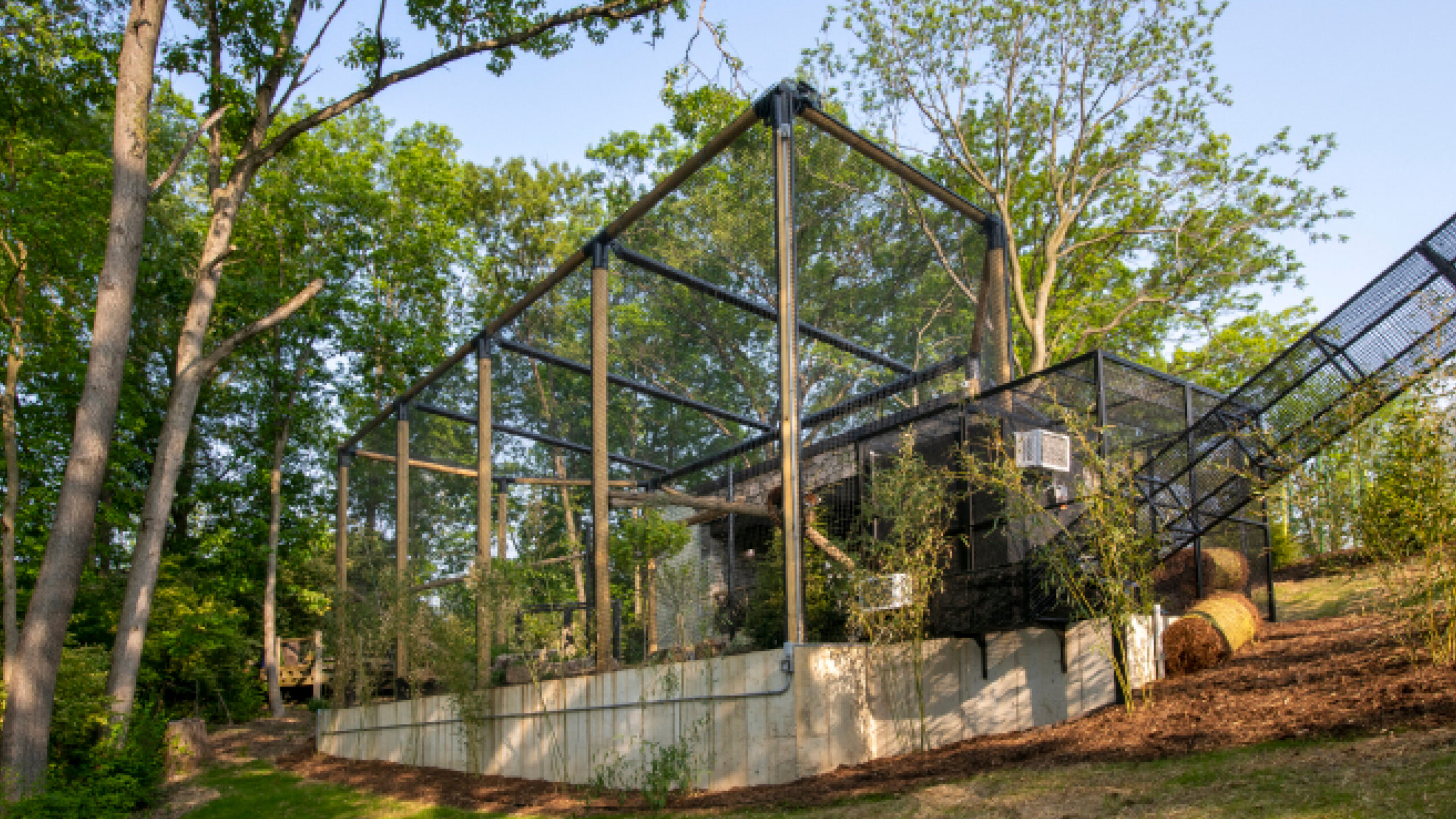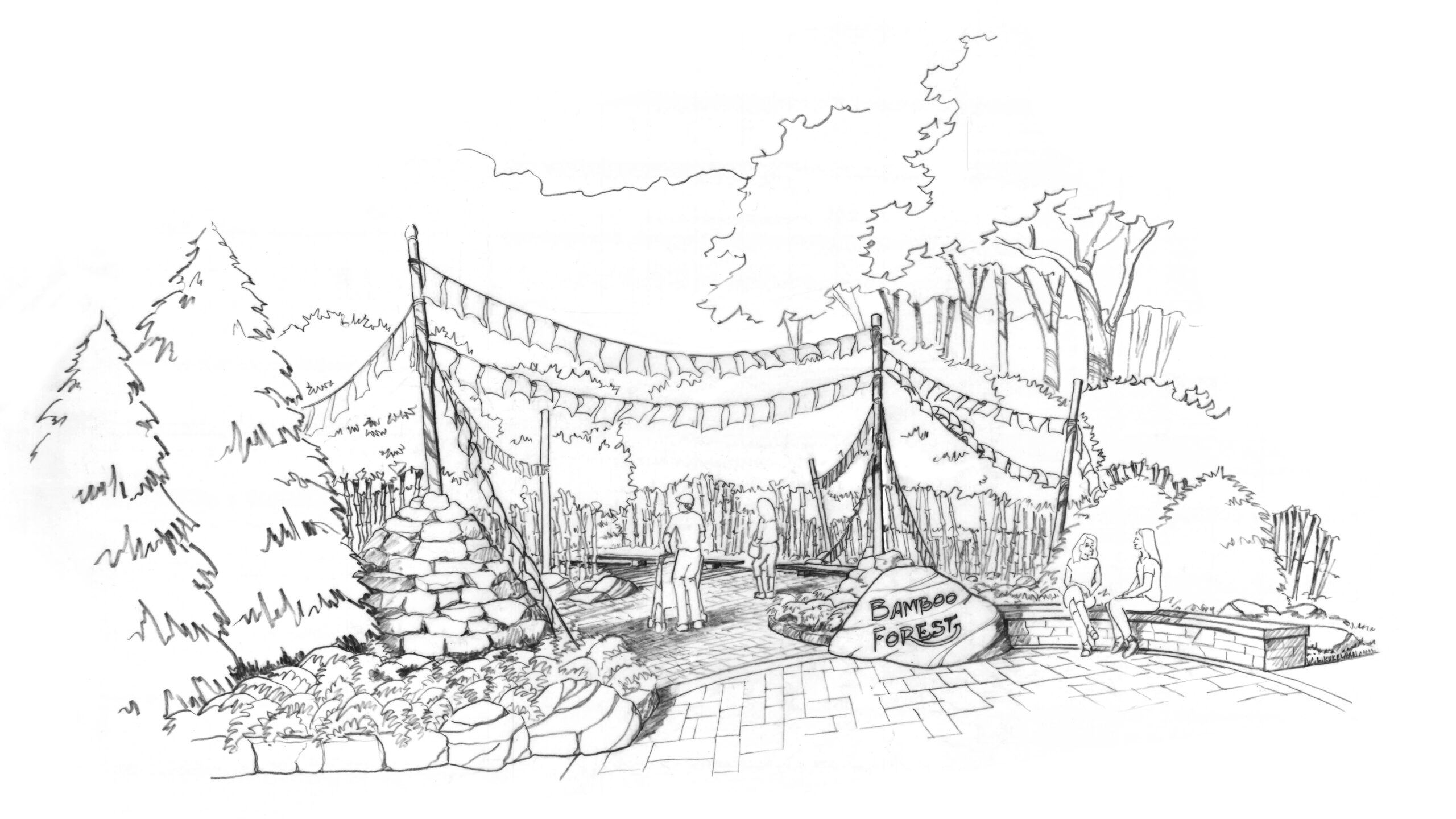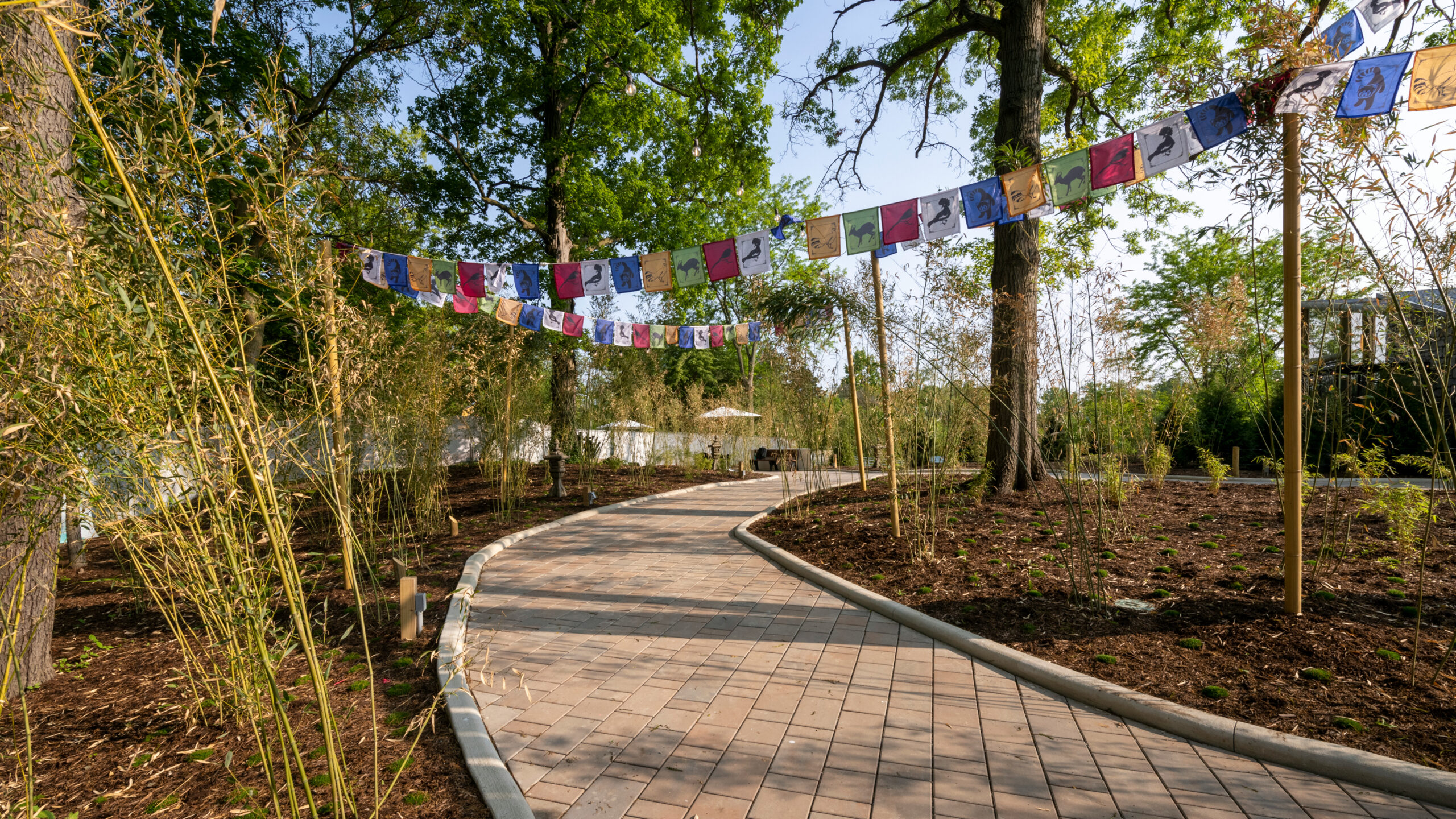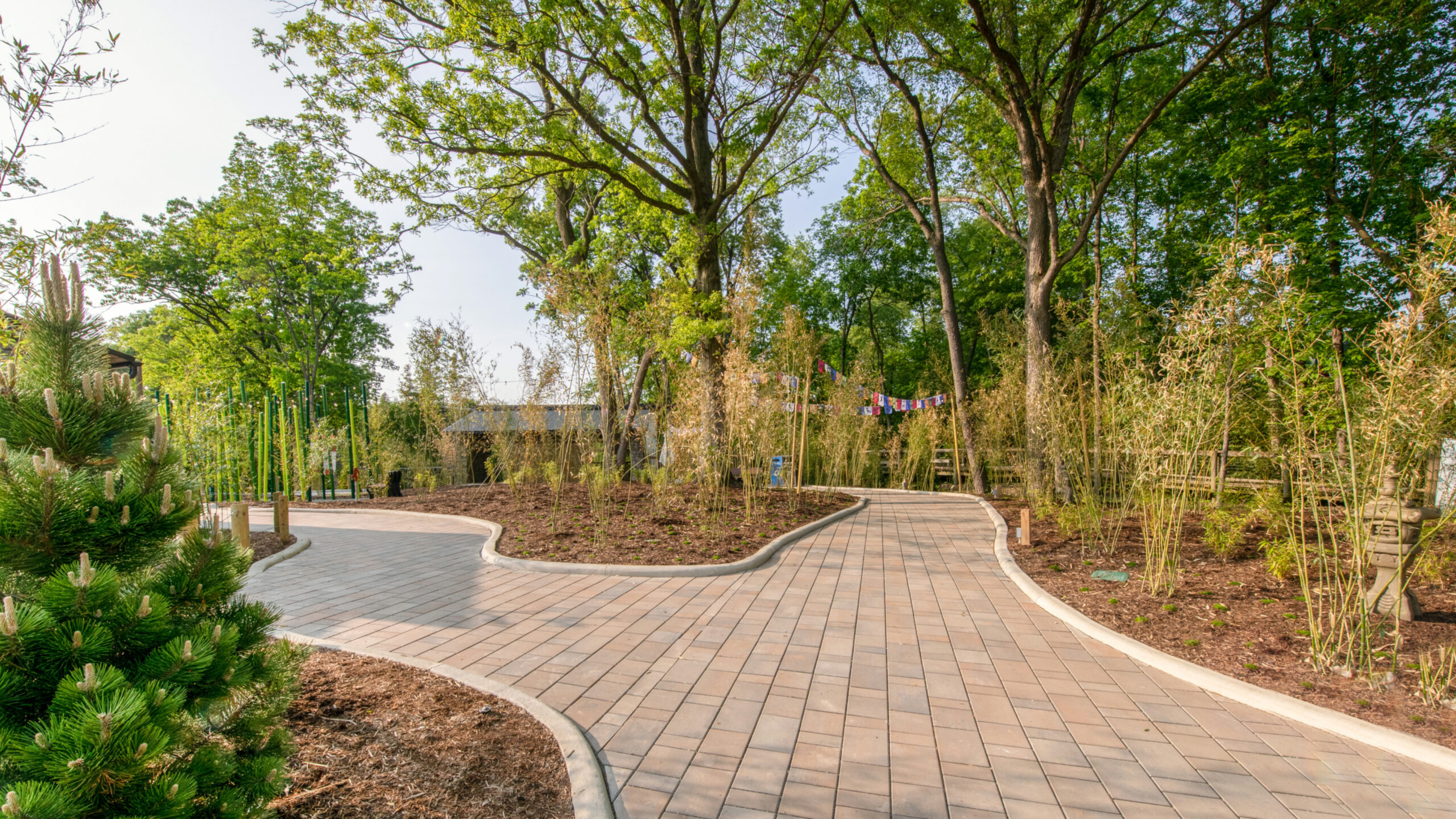WHY LANDSCAPE ARCHITECTURE IS ESSENTIAL FOR OVERALL PROJECT SUCCESS
If you think landscape architecture is limited to a “finishing touches” role in a build project and simply offers curb appeal, think again!
In fact, effective landscape architecture plays a crucial role in the entire design process—from conception to completion—and dramatically impacts the form and function of the project. Defined as the art and science of curating outdoor spaces, landscape architecture informs site utilization, integrates existing site features, and sets the stage for the building development for the present and future. In many ways, it maximizes the exterior hardscape and green space for people’s needs and overall enjoyment.
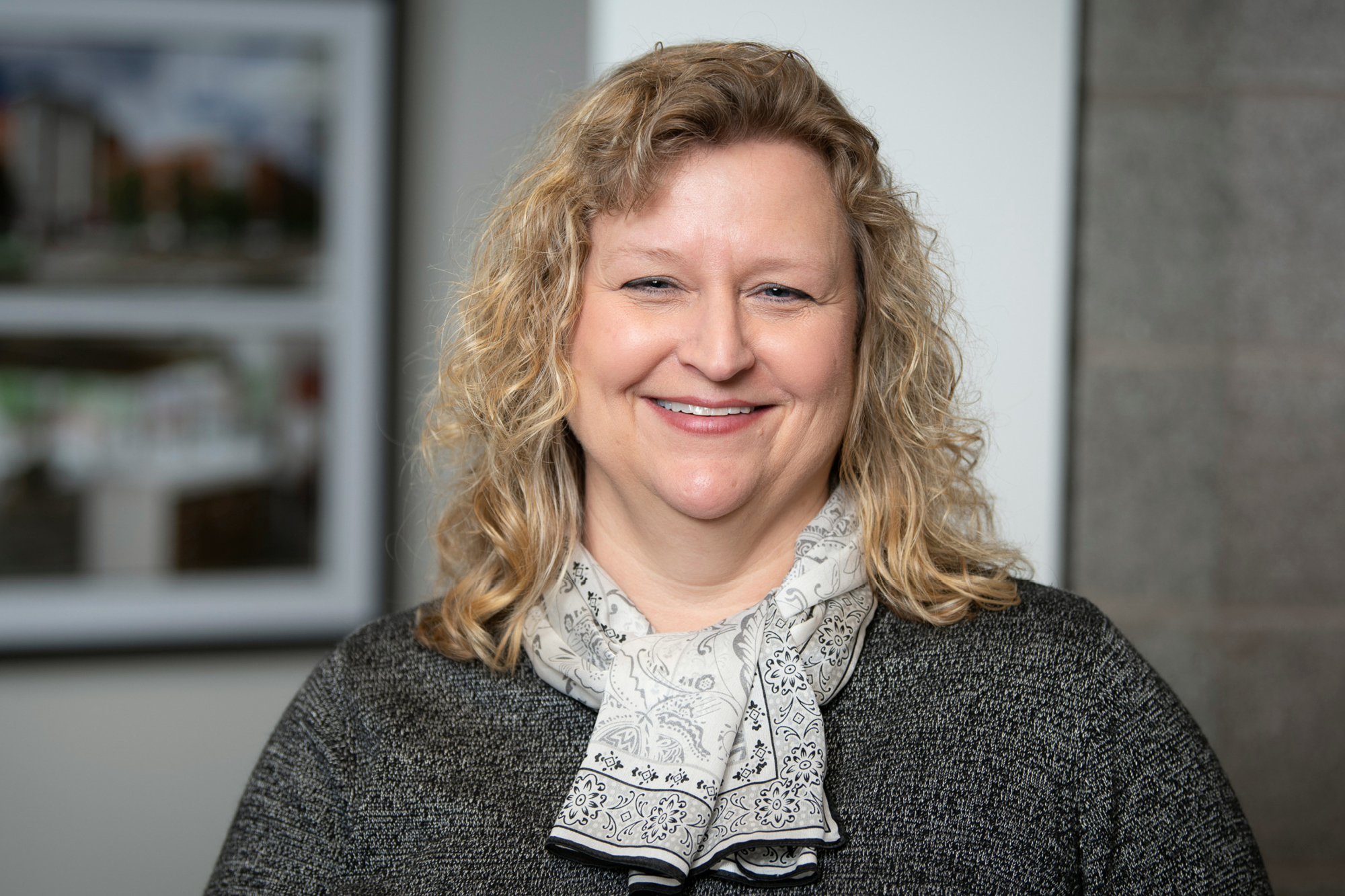
We recently sat down with Laura Kukelhan,PLA, MSKTD’s senior landscape architect, to discuss the power of site planning and implementation.
MSKTD: Tell us the difference between a landscape architect and a landscape designer?
Laura: A landscape architect is licensed and has technical knowledge and experience in both plant and structural or hardscape design, while a landscape designer will generally focus on aesthetics and plant selection.
MSKTD: When should landscape architects enter the design process?
Laura: Ideally, landscape architects should enter the conversation early on and ask key questions, such as whether or not the client has an existing master plan. What are the current site conditions? And how can future development support the intended use? Having the answers to all the key questions up front will drive the planning process and can even save the client time and money in the long run.
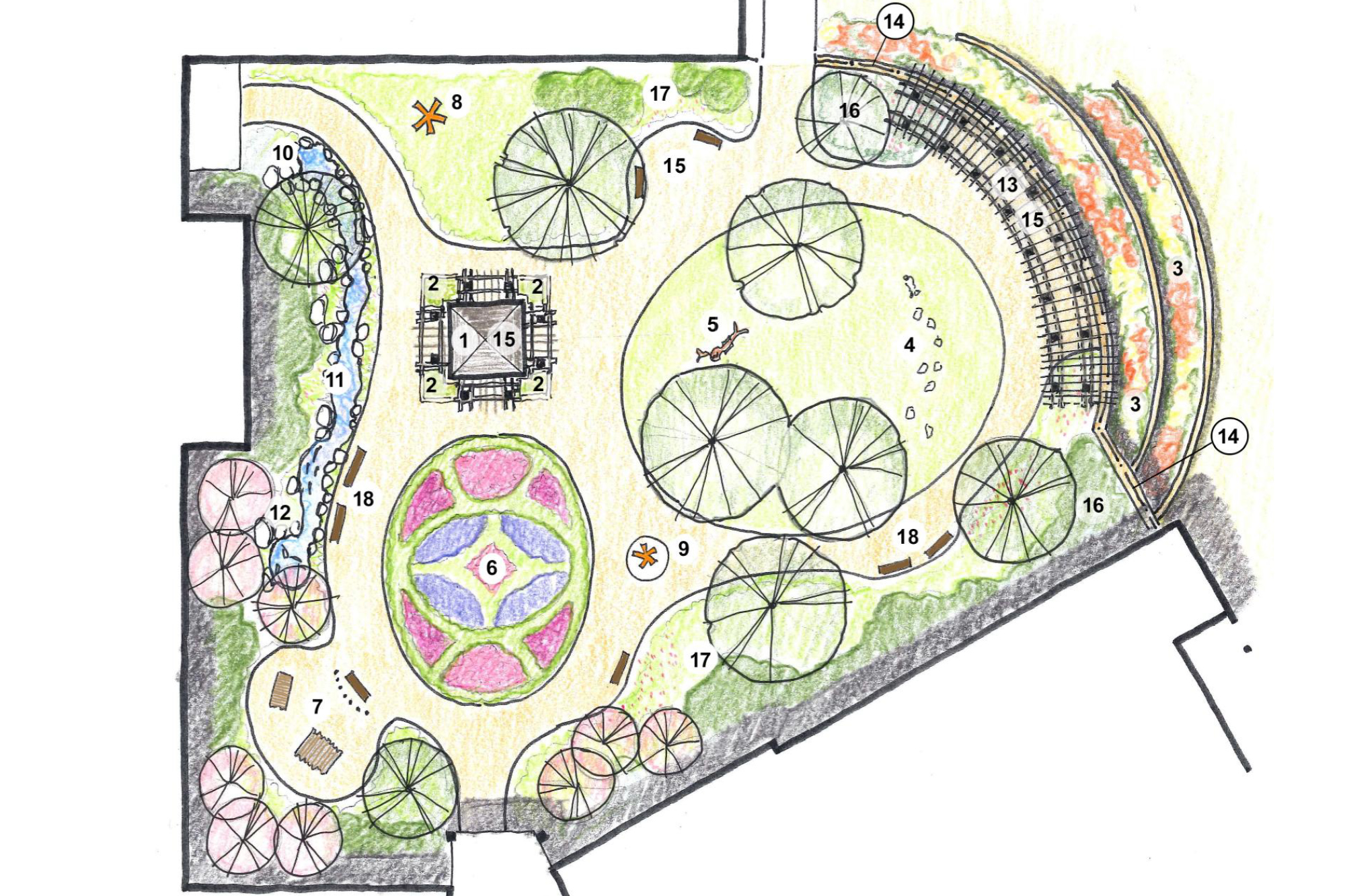
“The primary mission of this garden is to provide a safe, sensory-rich retreat for Alzheimers patients that focuses on stimulating memory and function through the use of calming elements found in nature, interactive features, safe objects of nostalgic interest, familiar scents from early life, and a variety of spaces for resident and family interaction.”
MSKTD: What are some of the factors you consider before developing a plan?
Laura: First, I take a thorough inventory of the entire site—what is the context of existing features, drainage, and utilities? Do low areas or flood plains exist? I also want to see if the existing trees are worth preserving. Current vehicular and pedestrian traffic patterns are also important. We need to identify all the opportunities and challenges the site offers. All these factors drive the overall conversation and play a key role in design development.
MSKTD: Describe your typical environmental design process.
Laura: Sometimes clients come to us with a specific need that they want to accommodate on an already developed site. Other times, we have a blank slate. Either way, concept development starts with programming, where we gain an understanding about potential uses of their outdoor environment.
Early on, I try to get a sense of the scope of development and design needed to support the building. That can include everything from service drives and parking needs to utility service, visitor connections, activity zones, plant buffers, and development of the landscape to reflect the client’s desires, style, and brand.
I also consider how the site relates to the building. The way the land is shaped and graded will influence the plantings. Of course, the budget plays a key role in the planning process as well. It’s important to know if the budget allows for upgraded improvements. Finally, we have to consider any local ordinances and jurisdictional requirements for perimeter plantings.
“Most jurisdictions have planting guidelines for minimum screening requirements and suggested plant materials; stricter requirements can limit these selections even further to county-native species only for sensitive locations. My job is to determine which puzzle we are working on and fit all those puzzle pieces together to address all those factors into one cohesive design.”
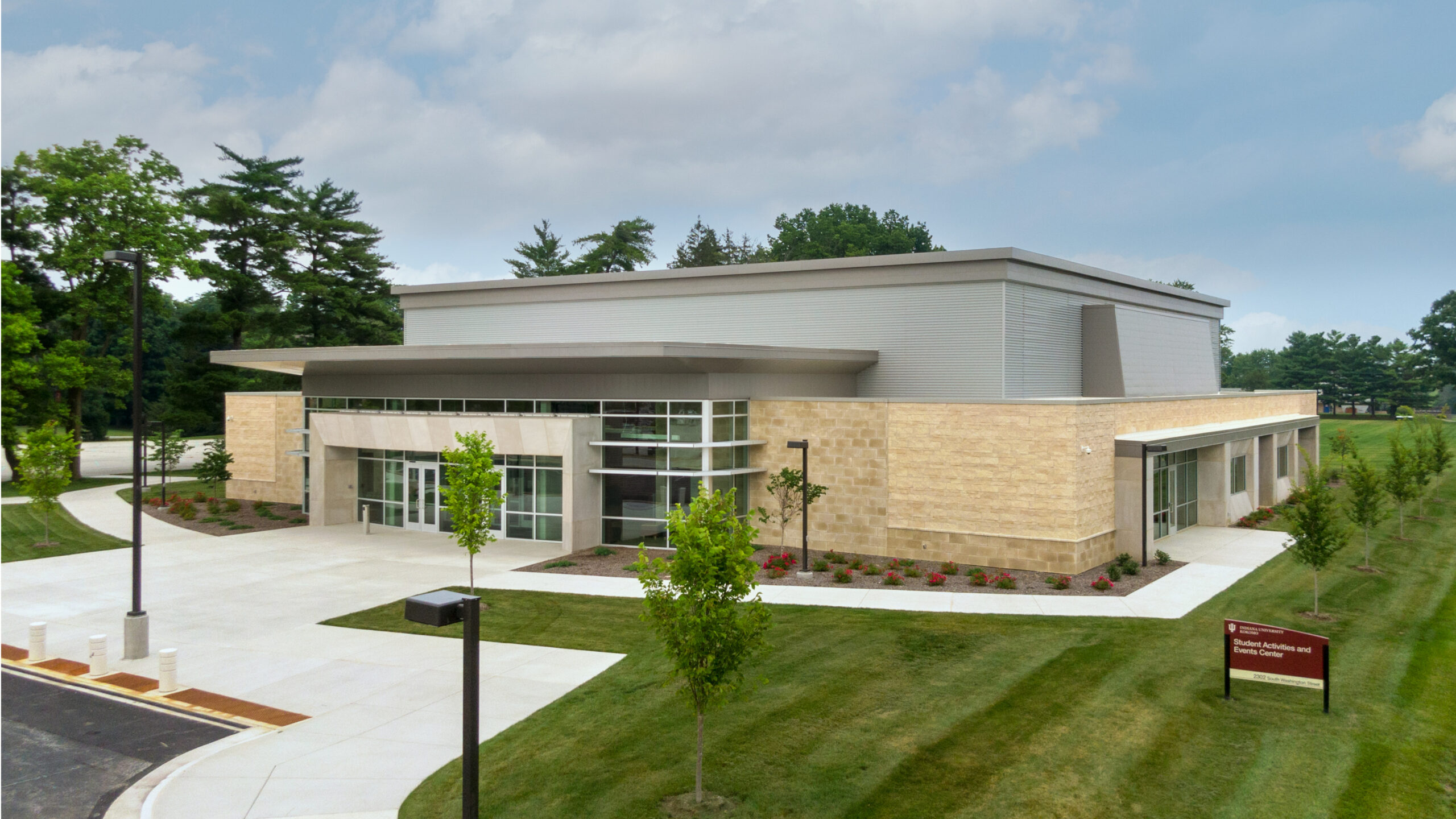
MSKTD: What is your design philosophy, and how does it impact the way you approach each project?
Laura: I encourage clients to invest in site development as an integral part of the project programming up front so that they can plan and budget for what they want and what works for them. I try to develop as much sensory interest as possible with the client’s understanding of and ability to sustain the seasonal maintenance.
I also encourage clients to opt for upgraded materials whenever possible. They will always be happier with the results in the long run if they can make that initial, upfront investment in the details. Ultimately, our design must respond with a curated site and landscape development that aligns with their program and budget.
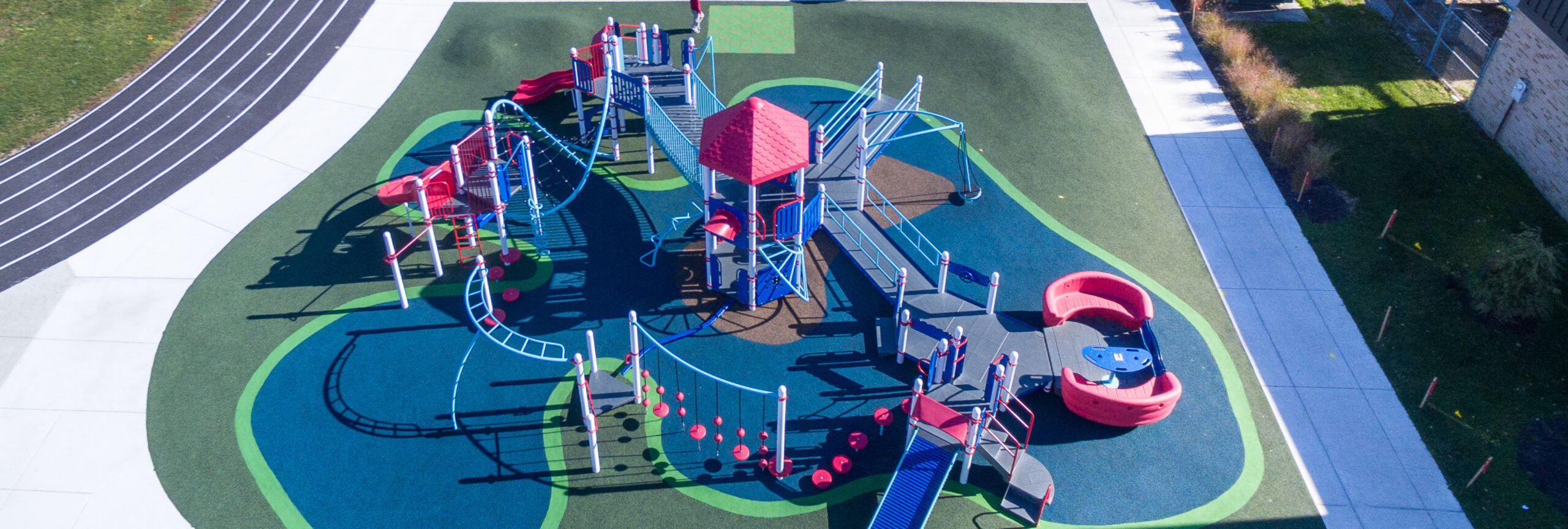
MSKTD: Tell us about your educational background and experience and how you came to work at MSKTD.
Laura: I’ve been in the industry for over 35 years. I earned two bachelor’s degrees, one in landscape architecture and the other in environmental design at Ball State University, and I was hired right out of school at Bassett Associates in Ohio. There, I worked on everything from subdivision development and school and university campus master planning to high-end corporate projects and zoo design. During that time, I worked as a consultant for MSKTD on a number of projects for the Fort Wayne Children’s Zoo. When Bassett Associates closed in 2017, MSKTD brought me in house to round out their full-service A/E firm offerings.
MSKTD: What are some of your favorite design projects here at MSKTD?
Laura: The Red Panda Ridge exhibit at the Fort Wayne Children’s Zoo,which recently won a USA Today’s people’s choice award for Top 10 zoo exhibits, is my current favorite. That project posed some interesting challenges. We had to consider steep grades on the perimeter and work around an unbelievable amount of utilities. The exhibit had to be tucked in carefully to make it all work.
We teamed up with specialized contractors who understood the complexity of the project and special materials, as well as the logistics of a tight site surrounded by high pedestrian traffic. This project also required coordinating construction to accommodate animal sensitivities and animal care schedules.
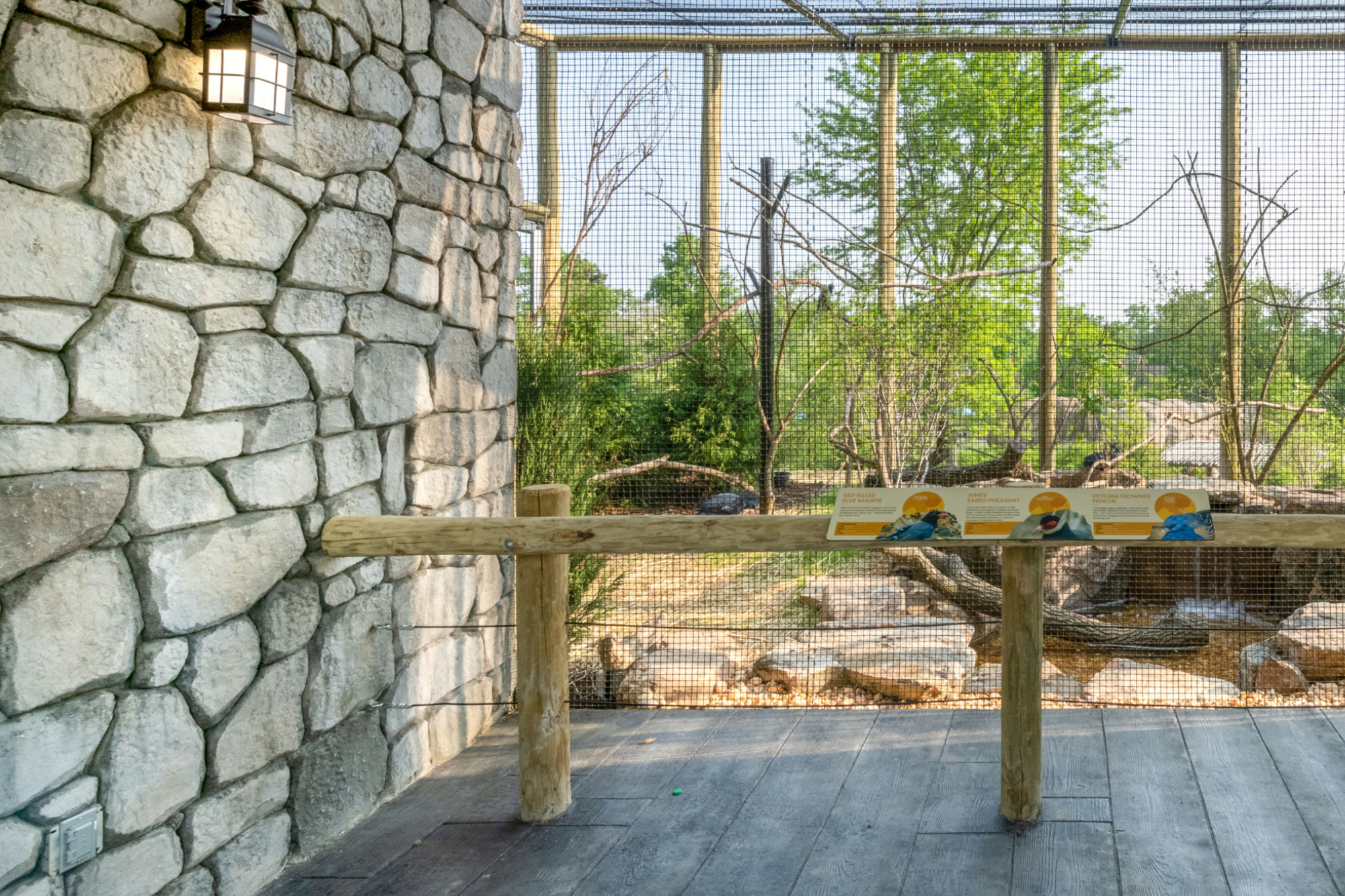 Shotcrete made to look like stone façade.
Shotcrete made to look like stone façade.
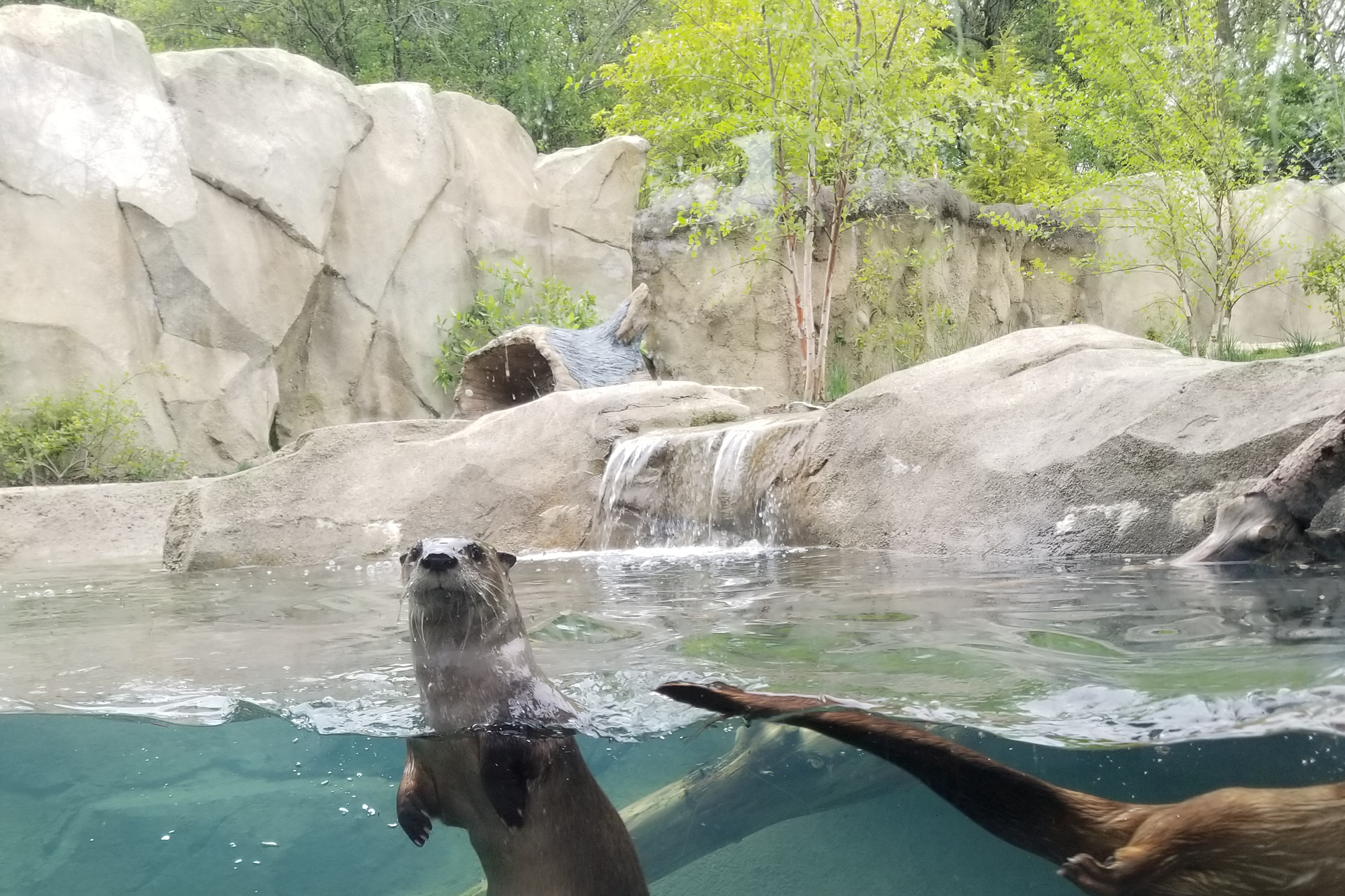 Shotcrete made to look like natural habitat of otters.
Shotcrete made to look like natural habitat of otters.
Other unique features of this project included the shotcrete (sprayed concrete) surface on the Nepal-inspired buildings, which required artistic tooling to make it look like rock or bamboo to achieve the desired aesthetic. As part of the red panda development, we even built in an underground, off-exhibit pool for the adjacent sea lion residents.
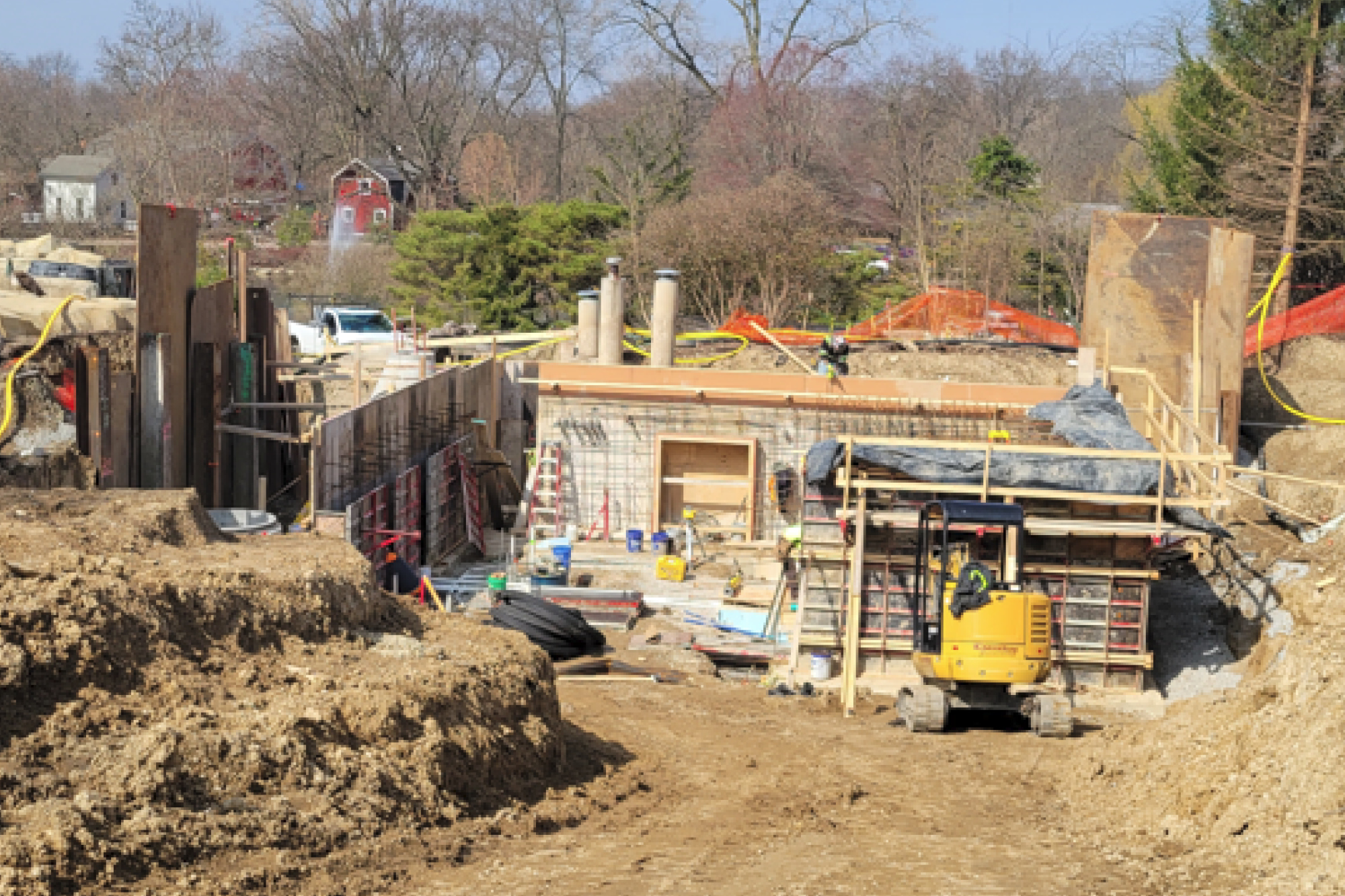
“Most people don’t realize that there’s an entire building built into the section of hill between the sea lion exhibit and the Red Panda Ridge. The zoo took advantage of the adjacent construction to double the space used to house the sea lions during the off season. This then allowed them to add an additional species to the sea lion exhibit. We basically removed the side of the hill, doubled the existing sea lion building and then put the hill back. ”
MSKTD is thrilled to offer Laura’s in-depth knowledge and experience in landscape architecture as part of our full-service capabilities to our clients. For over three decades, Laura has gained a deep level of experience in the field. From playgrounds and parks, to hospitals, zoos, universities, corporate campuses, and even quarry reclamation, Laura has the diversity and ability to work on landscape and hardscape projects across almost any industry.
Just as an interior designer is crucial to designing the user experience for the inside of a building, a landscape architect is imperative to informing how the surrounding outside areas of the building flow for optimal user experience. Want to learn more about our landscape architecture services? We’d love to connect to see how our landscape expertise can make a difference for you!
